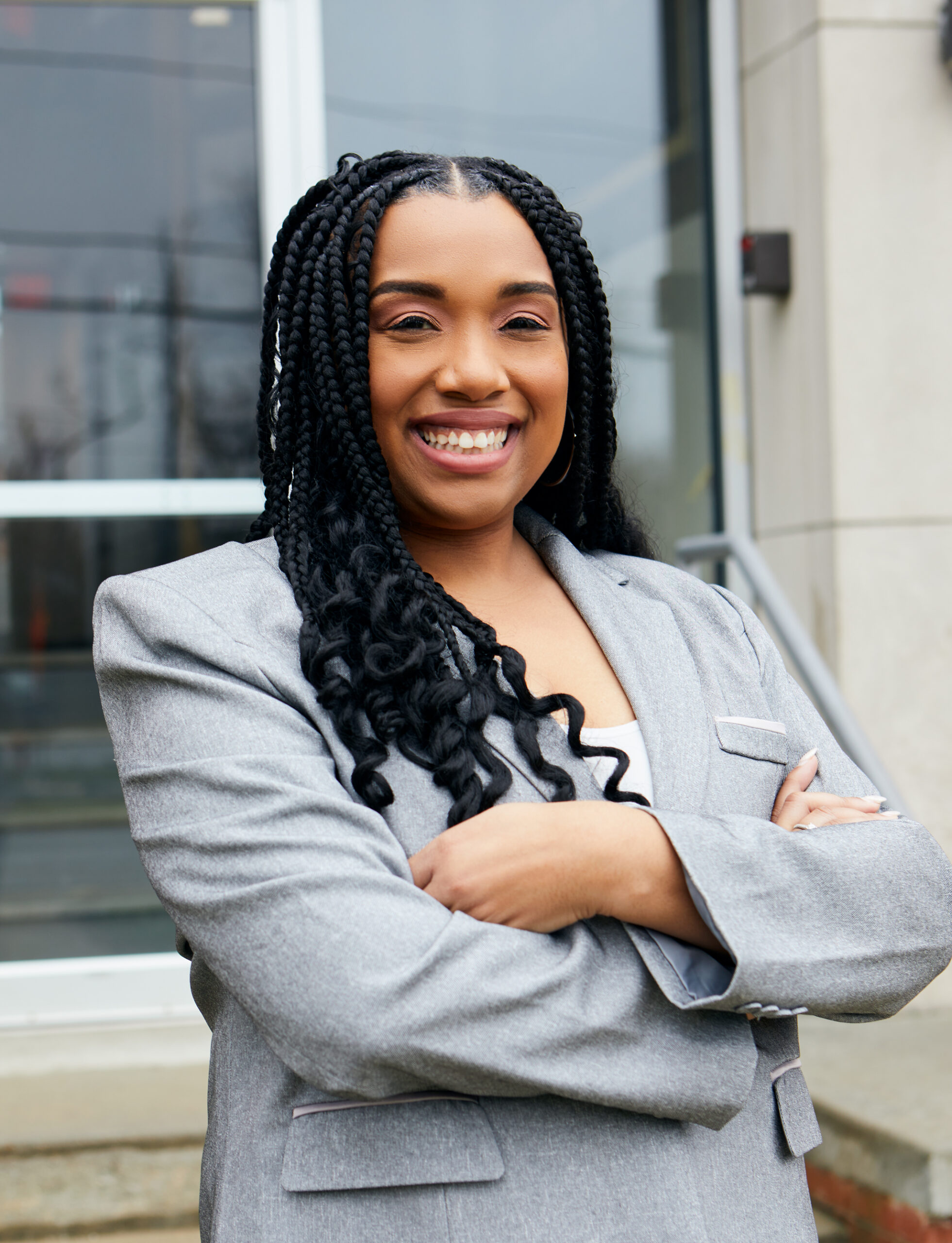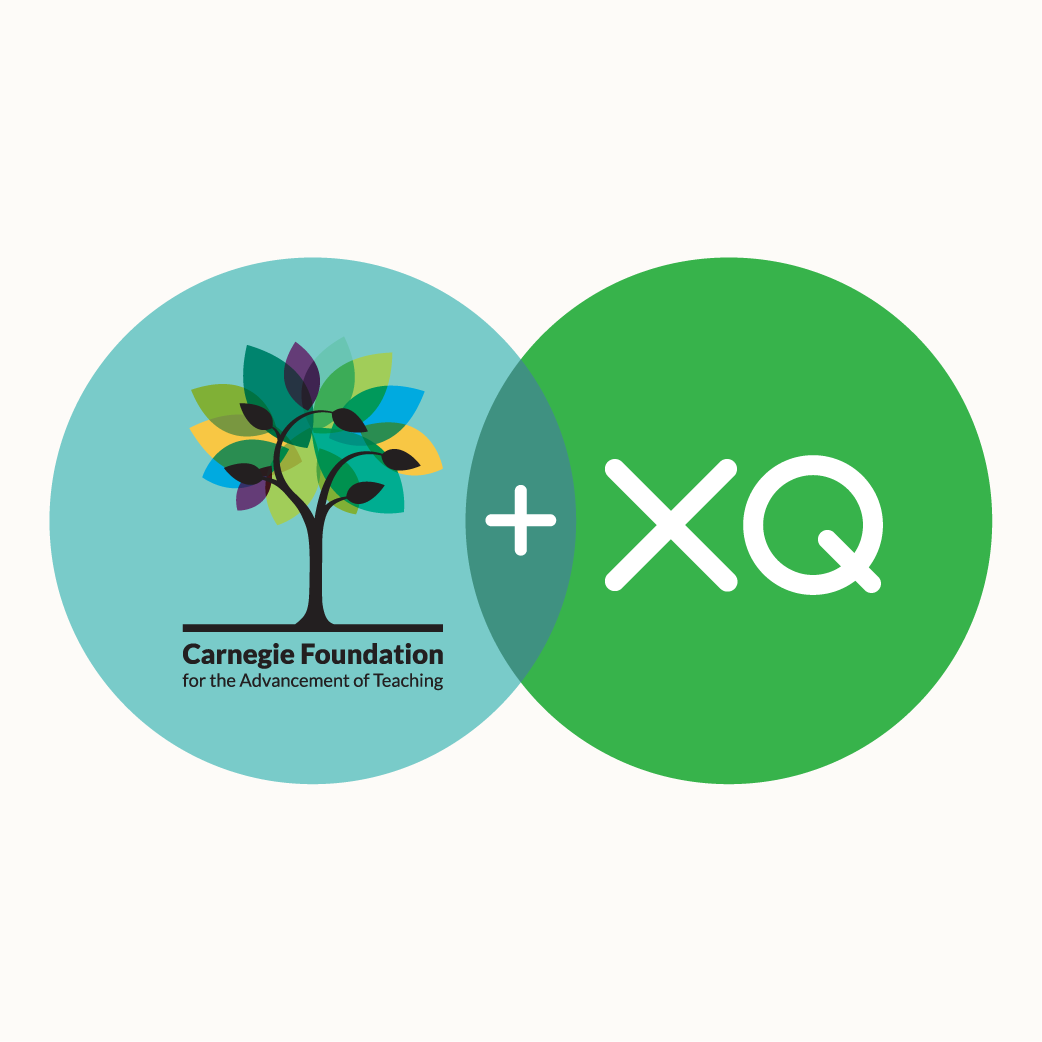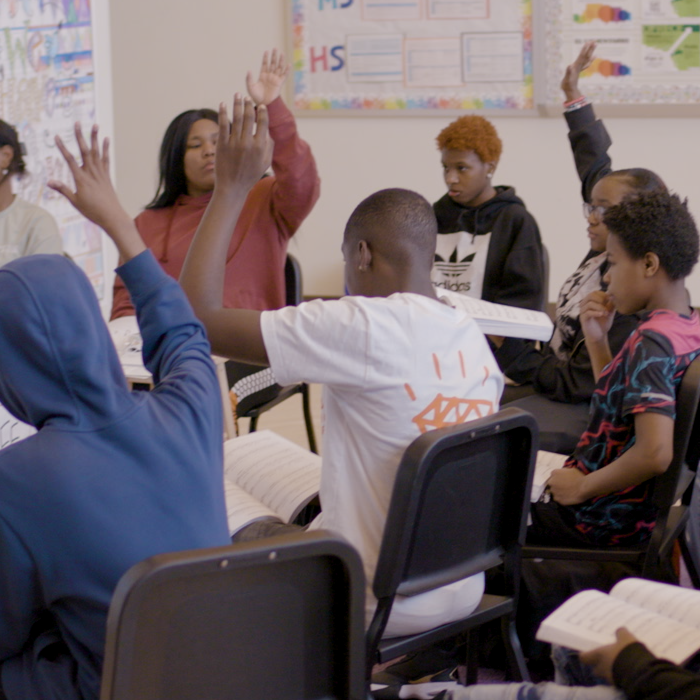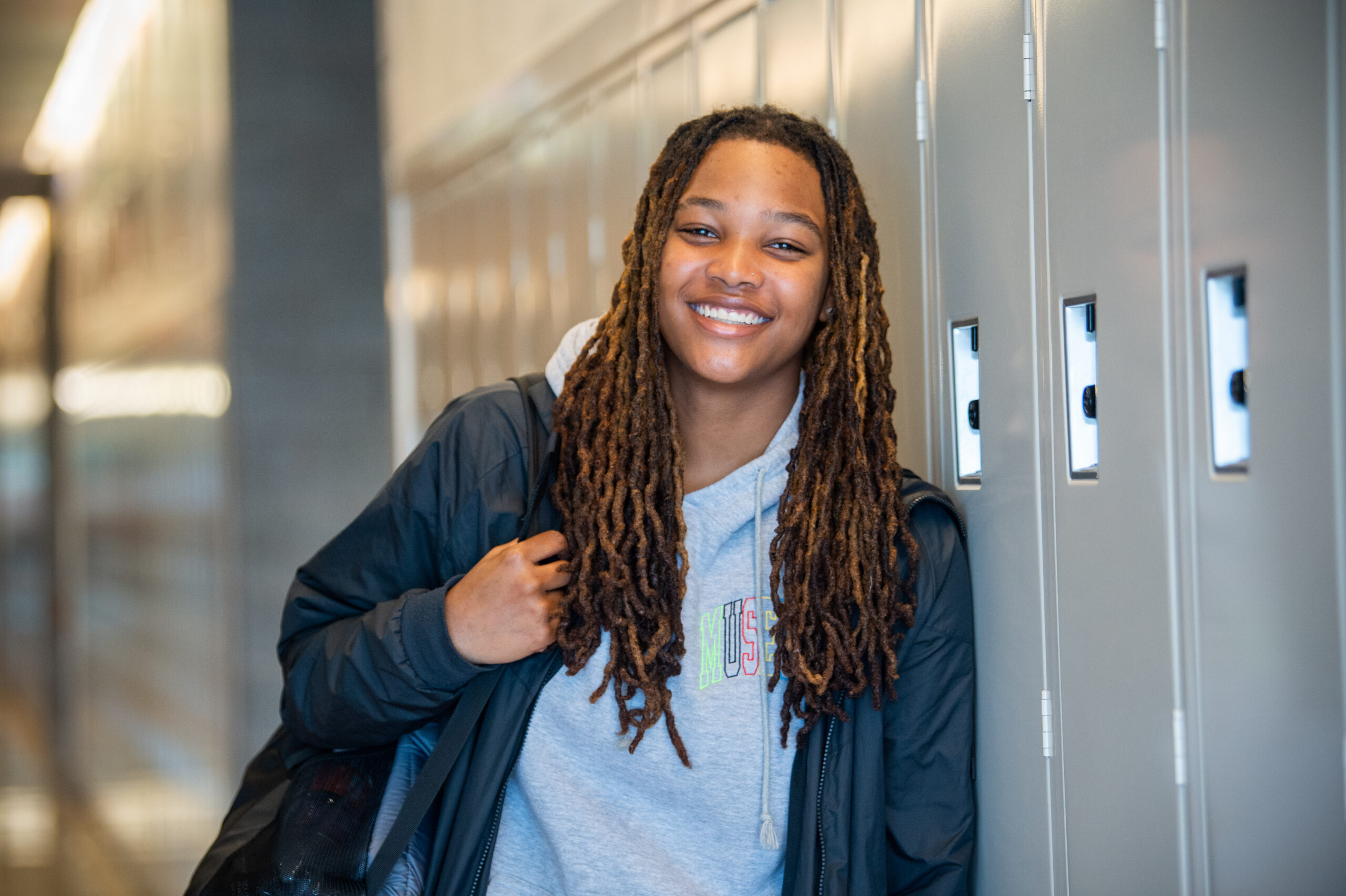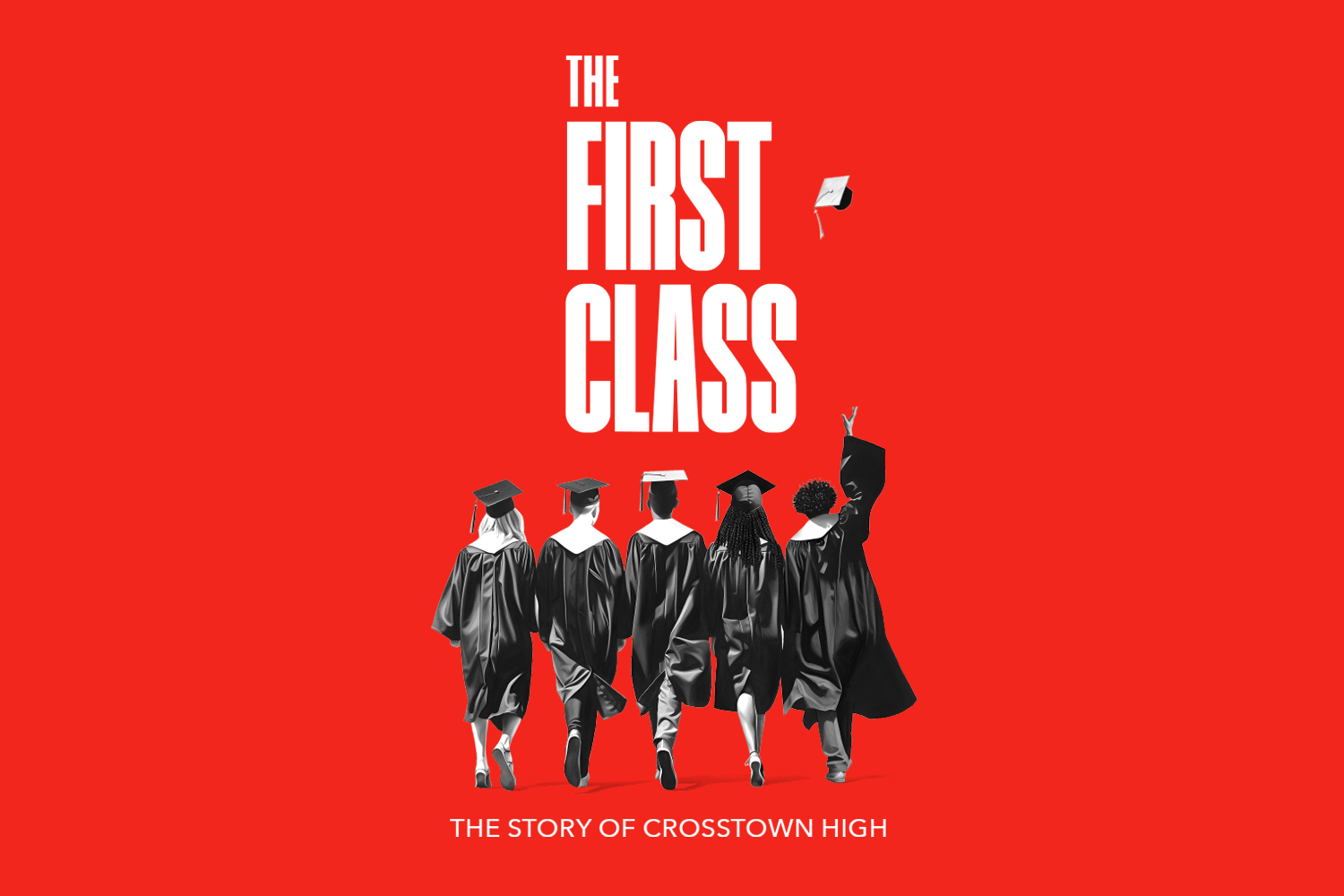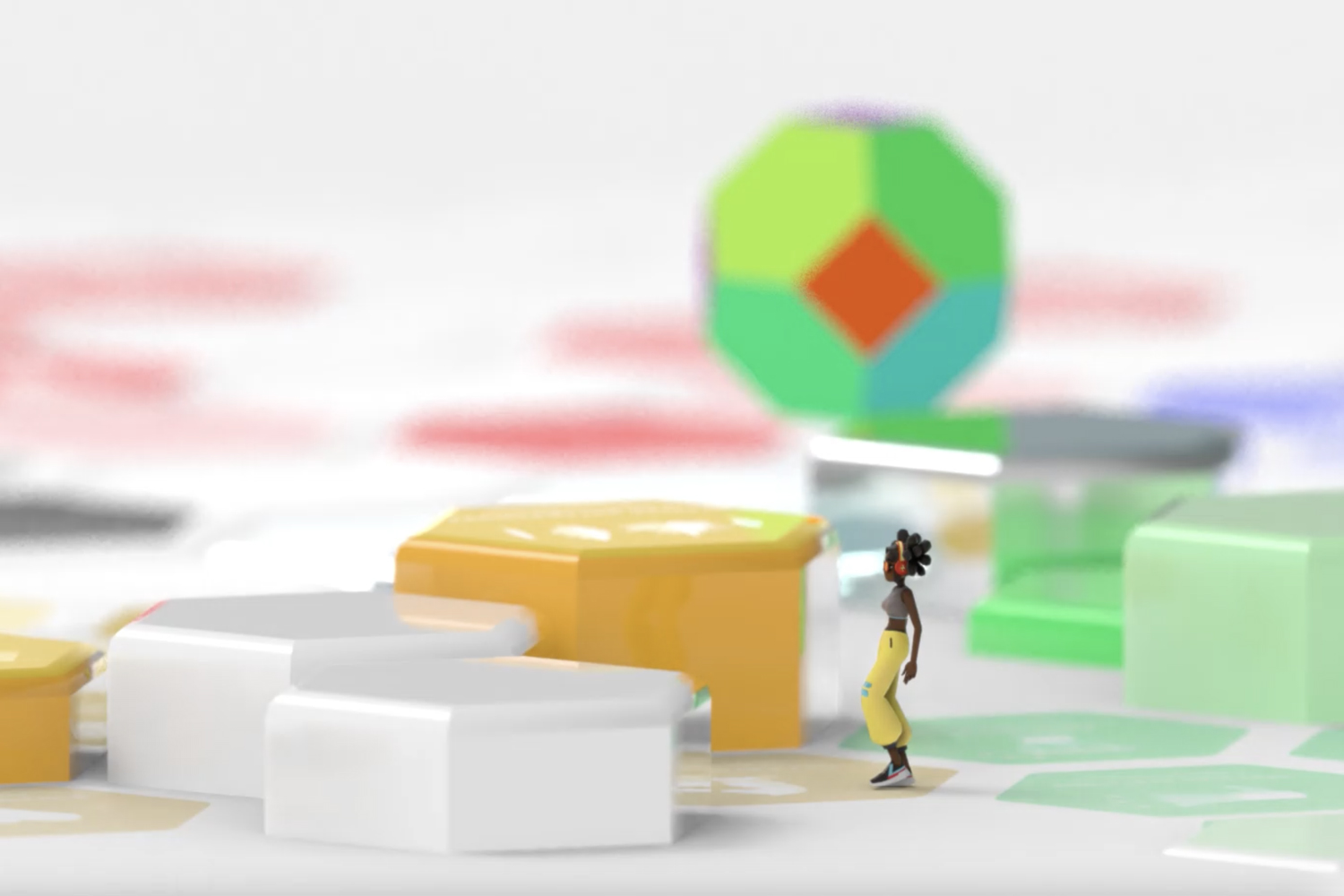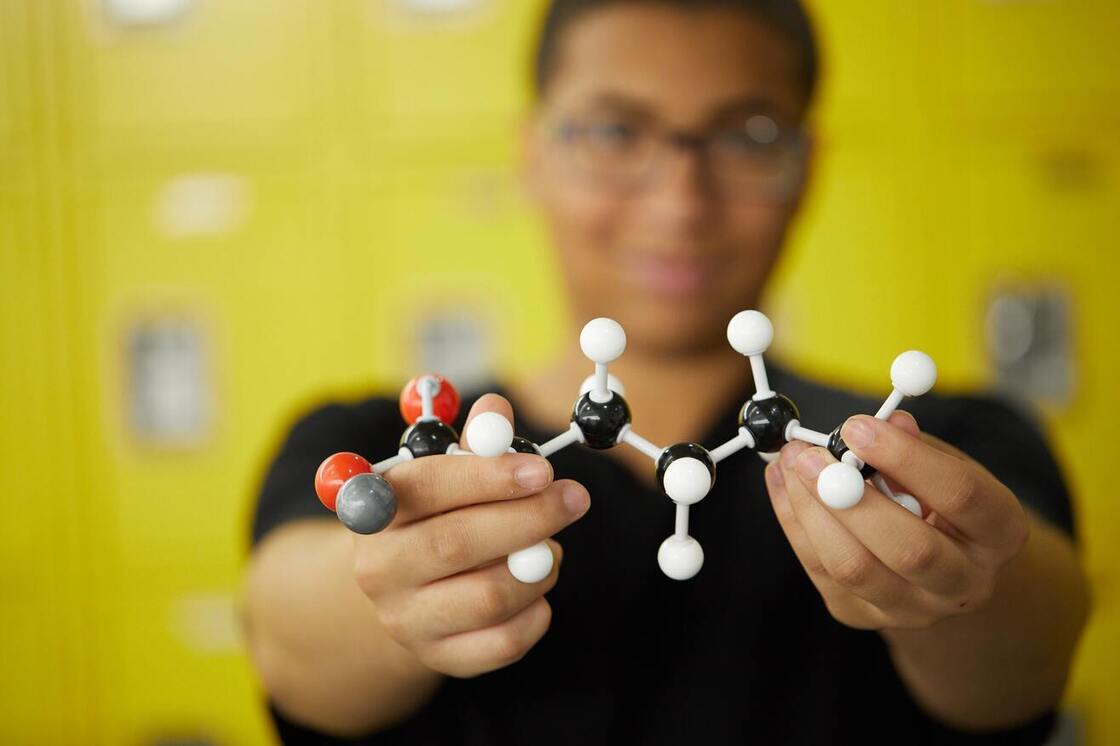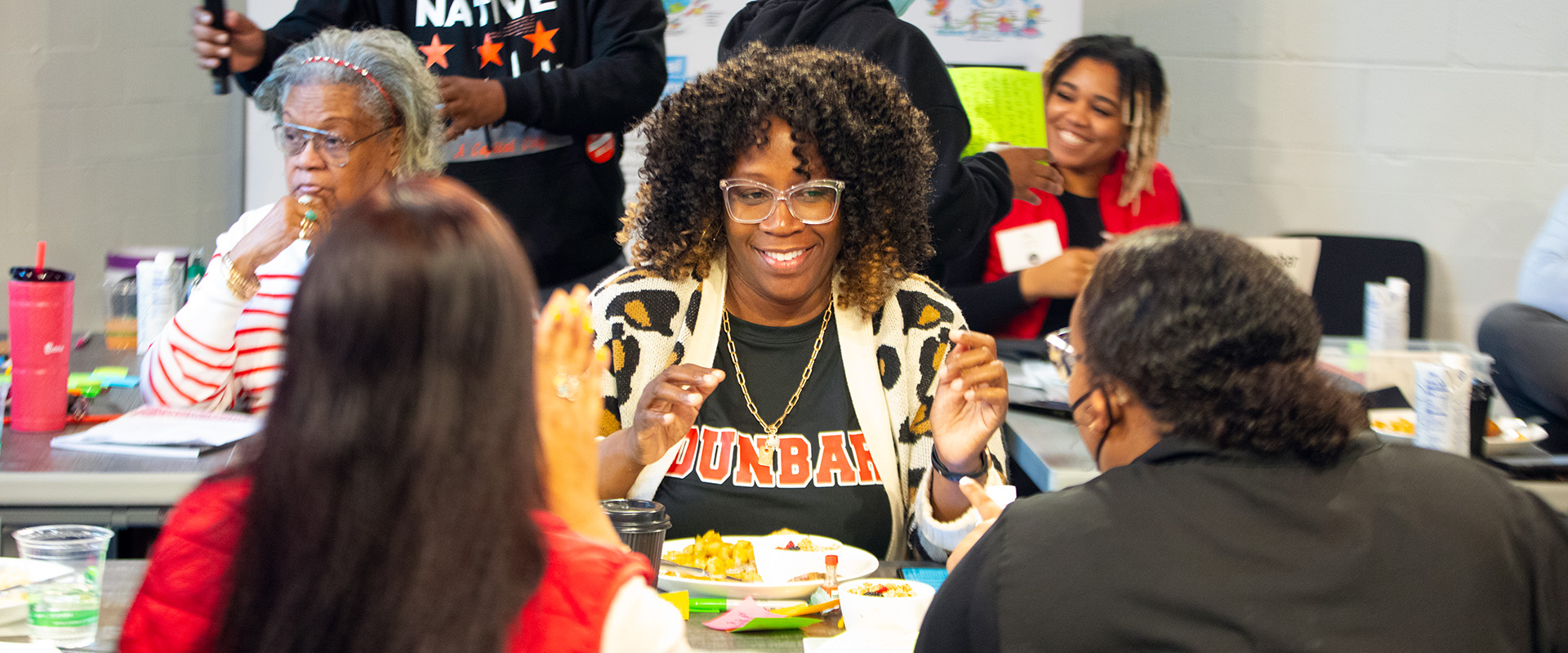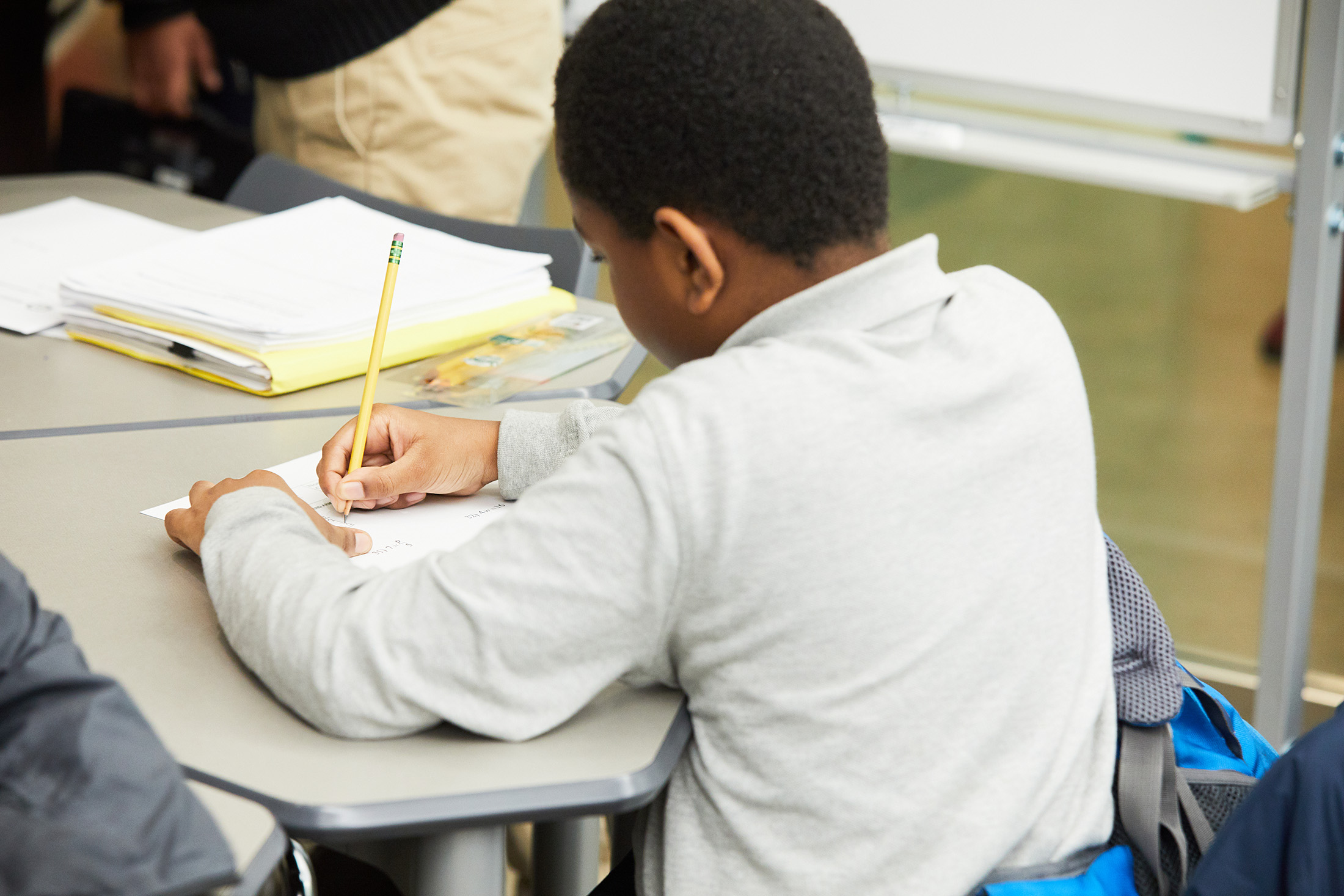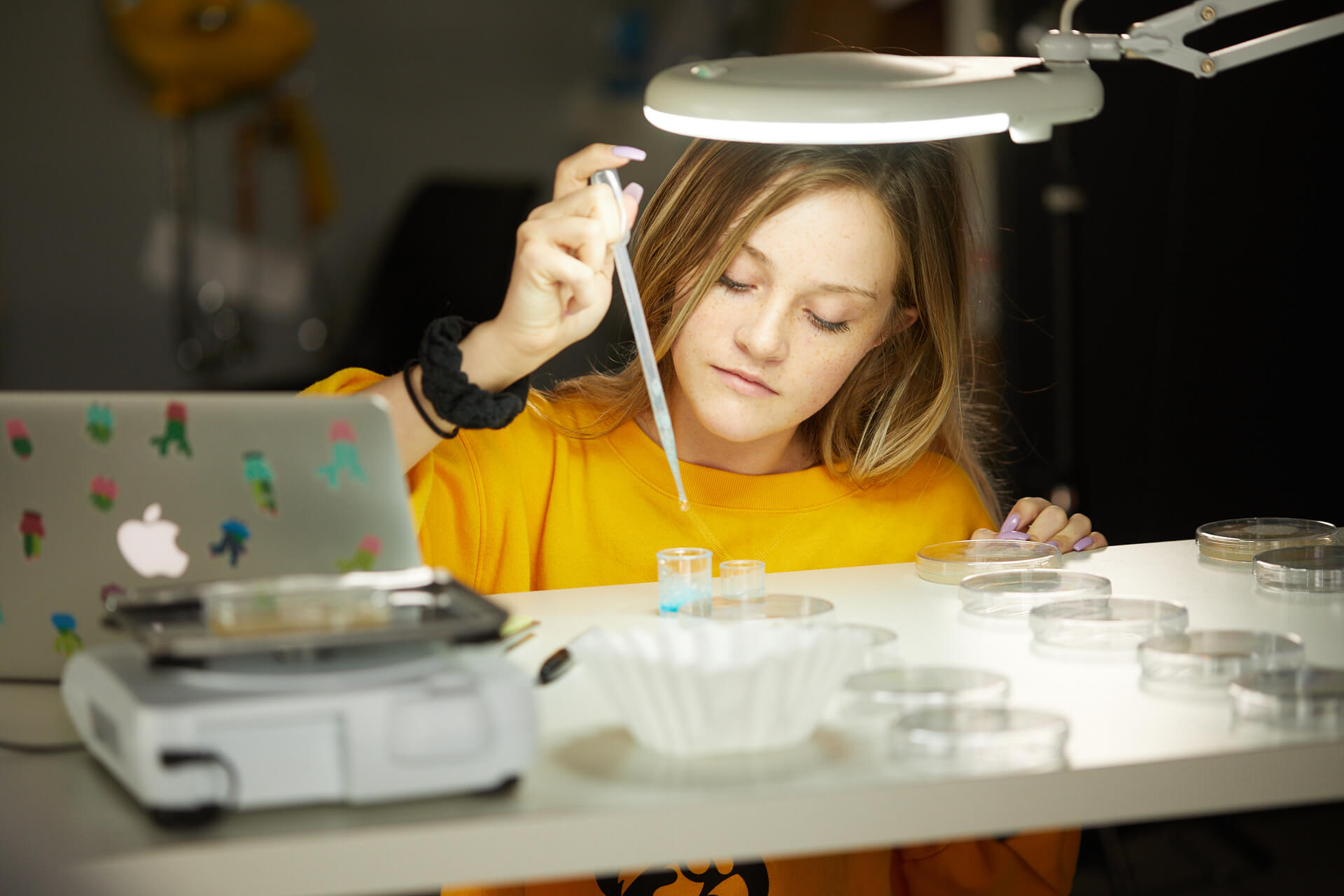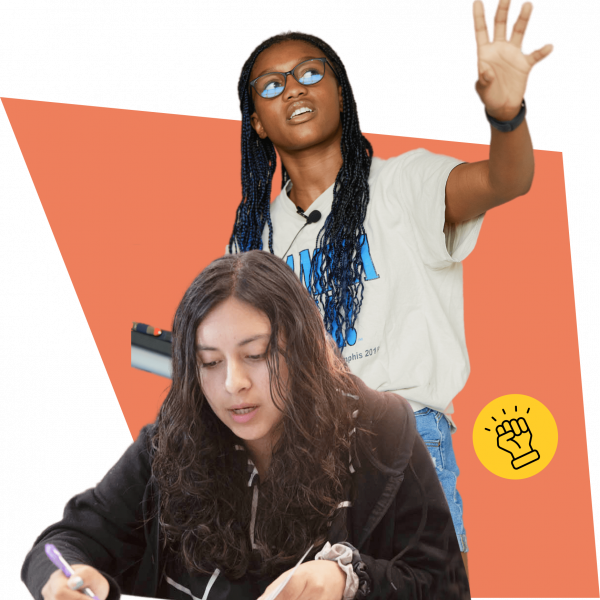Purdue Polytechnic High School
Indianapolis, Indiana
A high school experience powered by partnerships.
The Purdue Polytechnic High Schools (PPHS) network was developed in partnership with Purdue University, business leaders, the city of Indianapolis, and the state of Indiana with a powerful goal in mind—to raise the number of students from underrepresented backgrounds attending Purdue University and pursuing STEM careers. The first of the three campuses opened in 2017 with a nontraditional schedule and a project-based, student-centered approach to learning.
At PPHS, students engage in real-world projects aligned with state standards, Indiana’s workforce development goals, and Purdue University’s admissions requirements. Instead of a traditional single-subject schedule, students choose their learning pathways while working on authentic single-disciplinary and interdisciplinary projects every eight weeks with local and regional industry partners. They tackle challenges such as sustainability, public transportation, and conservation. Through a blend of technology and design thinking, projects teach students how to research problems, design solutions, collaborate with peers, create prototypes, and pitch their ideas. Previous partners have included Subaru, Eli Lilly, Republic Airlines, United Way, the Indianapolis Star, and Eskenazi Health. Students can also create passion projects. One graduate described a project that delved into the history of modern segregation in schools and housing in Indianapolis.
More than 900 students attend the three PPHS charter high school campuses, two in Indianapolis and one in South Bend. The PPHS schools have been so successful that they’ve more than doubled the average number of public school graduates from Indianapolis who enroll at Purdue University each fall.
Design Principles in Action
Learn how PPHS applies these XQ Design Principles to sustain student success:
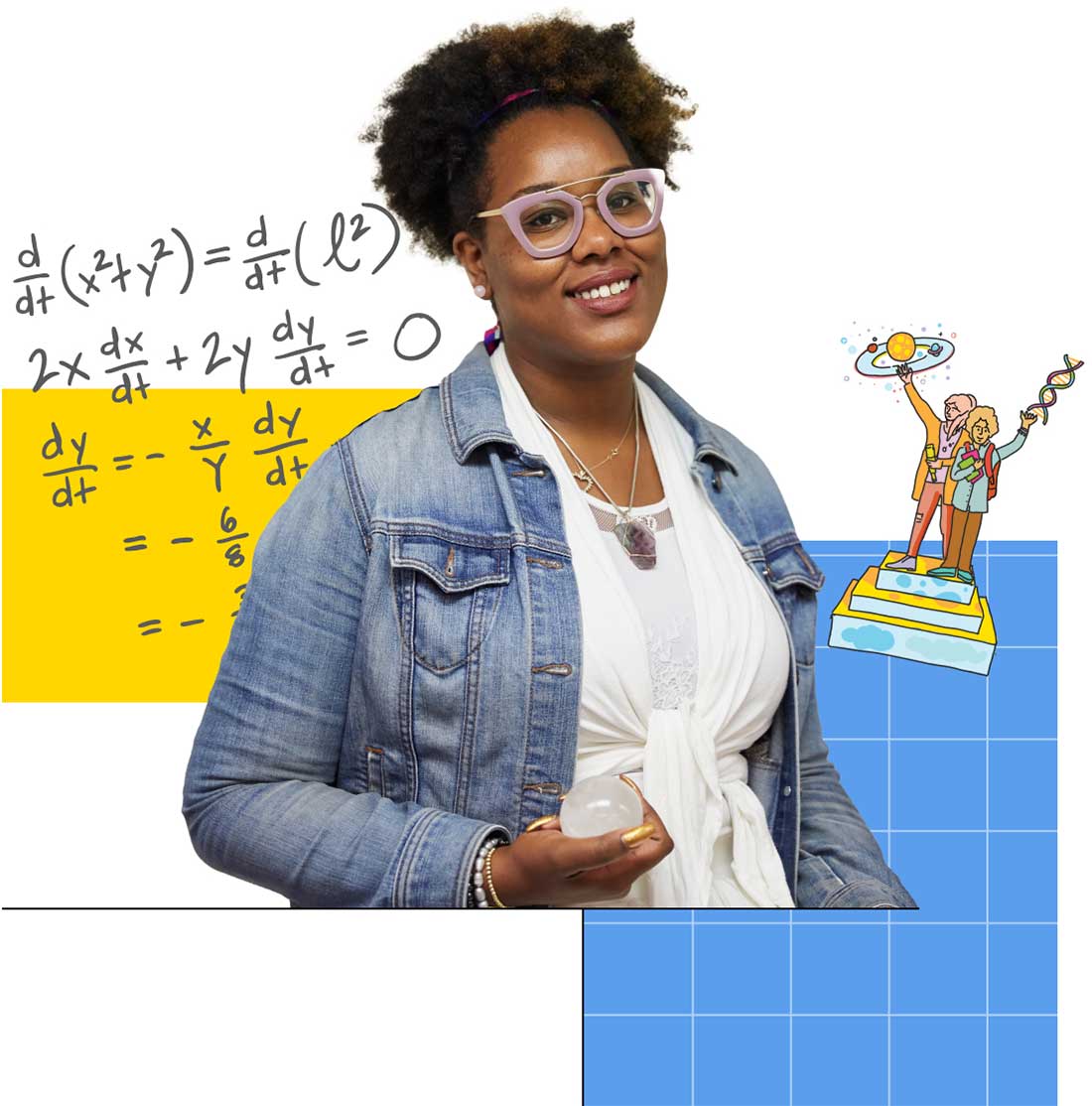
Strong mission and culture
PPHS was founded with equity at its core—to raise the number of students from underrepresented backgrounds enrolling in Purdue University and pursuing STEM careers. Students at PPHS are introduced to the Purdue campus starting in 9th grade. They can graduate with college credits, in-demand industry credentials, and preferred admission to nine out of the ten colleges at Purdue University. Numerous community stakeholders and institutions collaborated to achieve this vision.
Meaningful, engaged learning
Students can participate in a new industry challenge every eight weeks. During these cycles, they opt into two other project-based experiences: immersions and passion projects. In immersions, teachers (called coaches at PPHS) guide students in exploring topics within an academic area like math or English language arts through real-world challenges. Passion projects allow coaches and students to dive deeply into student interests, from robotics to graphic design to guerilla street art. Class of 2022 graduate Victor said he was always intrigued by aviation but discovered a new interest in finance through two passion projects: Money Moves and Modern Segregation. “I learned how school finance works, how tax dollars flow through schools to help us succeed and learn,” he explained. Another project called “What Is Your Passion?” led Victor to think about combining his evolving interests. A presentation by a visiting representative of Purdue University sealed the deal. Today, Victor is pursuing a degree in Integrated Business and Engineering, a unique major offered through a partnership between Purdue’s Krannert School of Management and its College of Engineering.
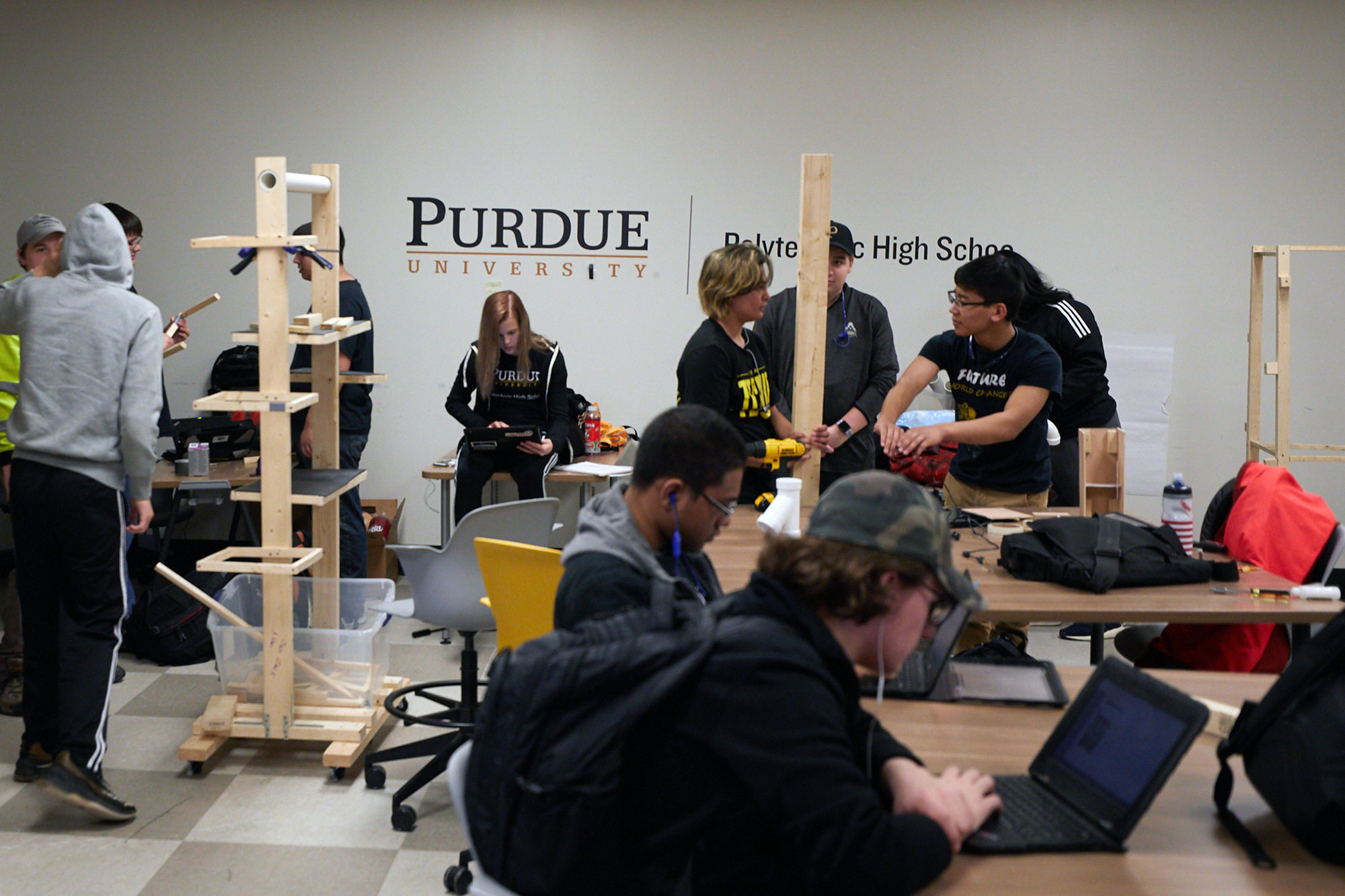
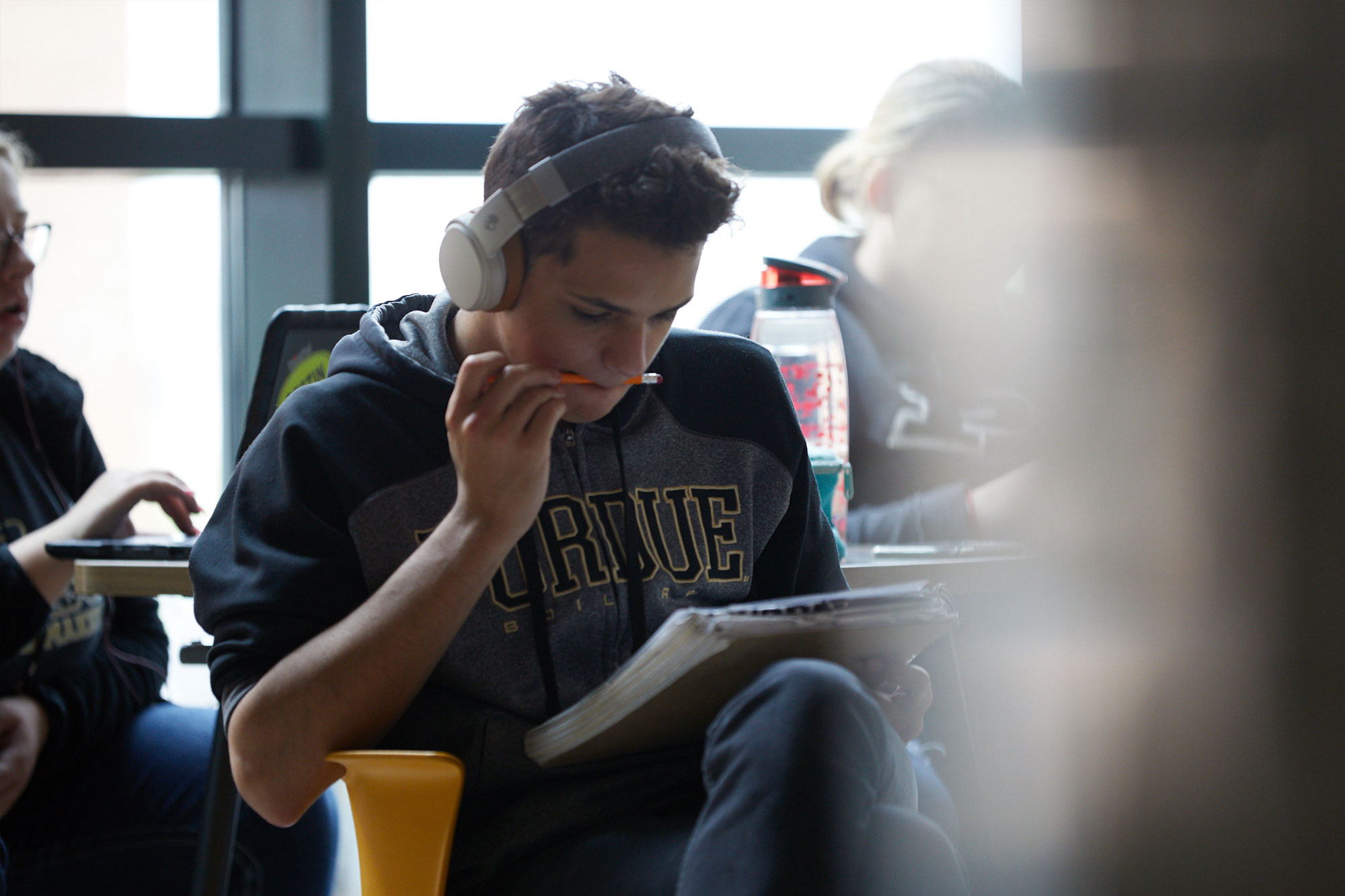
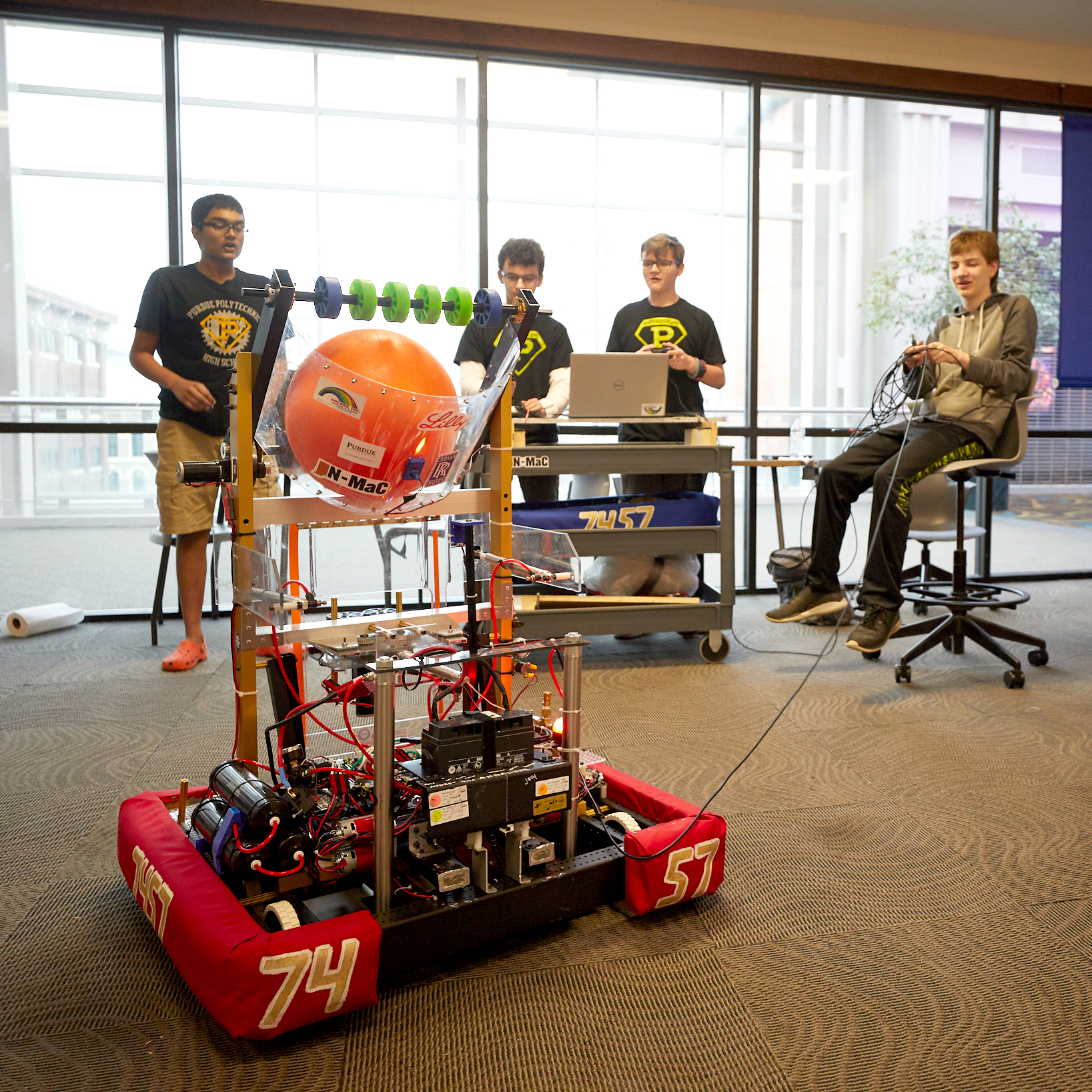
Caring, trusting relationships
At PPHS, coaches act as guides to students rather than direct instructors. Students begin each day in their Personal Learning Community, led by a coach who supports them in identifying, scheduling, and planning their academic goals. Coaches meet with students to adapt and support new goals if students are struggling. This level of support increases student connectedness to their coaches and peers and fosters a commitment to relationships that support students throughout their time at PPHS.
Youth voice and choice
Student voice drives PPHS, building systems to structure and support student choice. In a government immersion project, students chose a bill to follow as it progressed through the state legislature and attended a full-day hearing where some testified. “If you give students voice and choice, they’ll generally make good choices,” said Scott Bess, the school’s founder and special projects director. “It’s going to drive engagement, and it’s going to drive interest.”
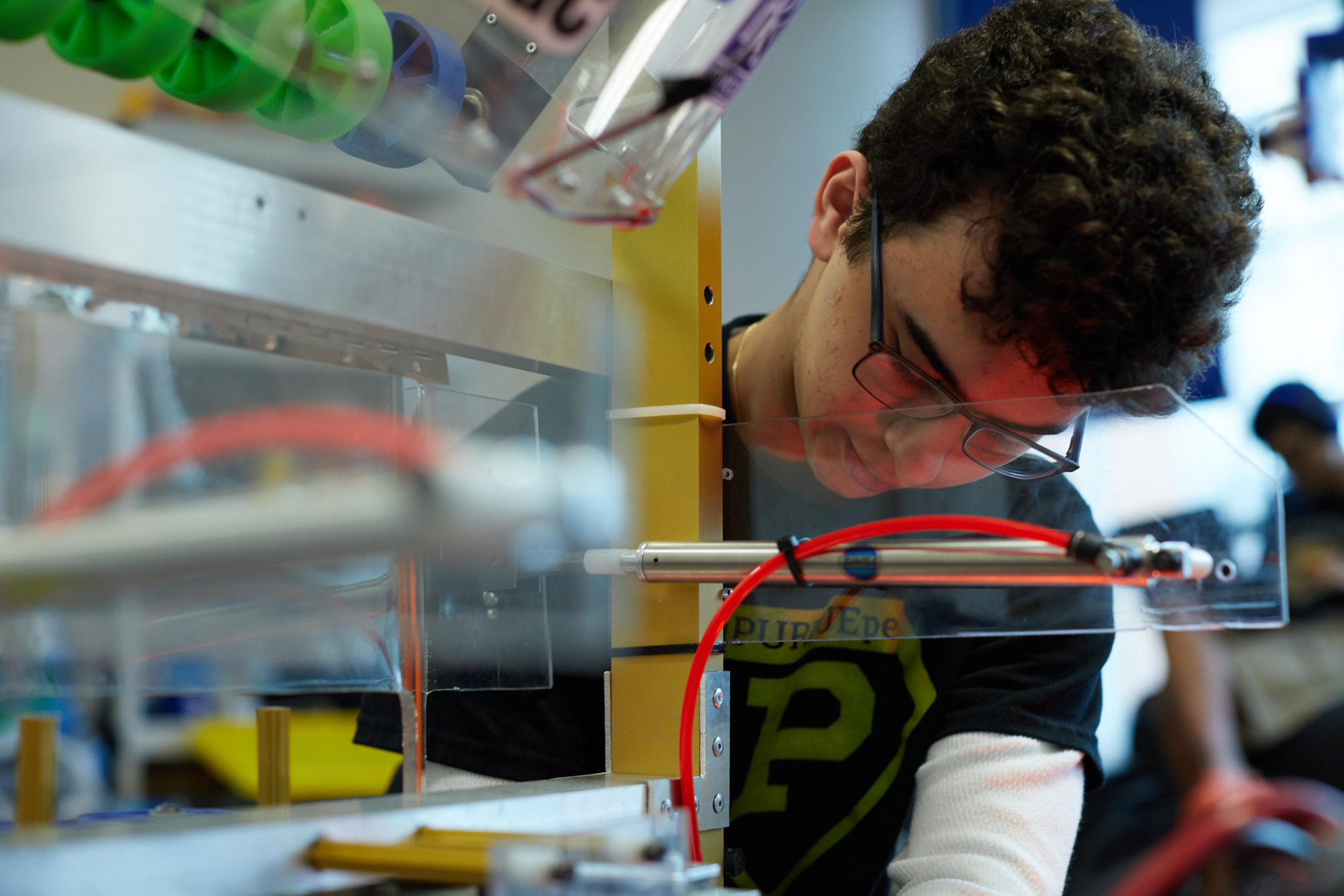
Smart use of time, space, and tech
PPHS created flexible systems for adaptability and customization to accommodate their hands-on and collaborative approach to learning. Classroom furniture is easy to move for students to work in groups or on their own. PPHS also created an in-house app to help students organize their schedules. Additional academic requirements come from rigorous and engaging interdisciplinary classes. For example, a “candy corn catapult” class combined math and physics. PPHS students participate in design team challenges focusing on and partnering with specific industries including engineering, entrepreneurship, and urban agriculture. Working in teams, students take on real-world problems, test solutions, and master core academic content allowing them to earn specialized concentrations if they continue their studies.
Community partnerships
From the onset, the community has been central to the mission of PPHS. Local partners and institutions invest and integrate into students’ learning by collaborating with teachers to design curricula and mentor students during internships. For example, students met with public transportation officials to develop solutions to serve the community better using what they learned about the history and impacts of population density, interstate construction, and redlining practices. Students also take classes and earn dual enrollment credits at Purdue University and other local colleges.
Student Outcomes
The 2022 graduation rate was 86.5 percent for PPHS Englewood (PPHS North opened in 2019, and PPHS Southbend opened in 2020). This rate compares to 2022 graduation rates of 79.9 percent for the Indianapolis Public Schools, 89.4 percent statewide in district schools, and 47.7 percent for charter schools in Indiana.
Among the PPHS Class of 2022, 39 students gained admission to Purdue University, and 34 enrolled, most of whom were students of color. That’s more than twice the average number of Indianapolis high school graduates who enrolled at the university between 2016 to 2020 (15 a year), before PPHS graduated its first group of students in 2021.
PPHS Class of 2022 students overwhelmingly outperformed students across Indianapolis high schools on the state tests given to 11th graders in 2021. PPHS students were four times as likely to pass both the math and English sections of the test as students in IPS (34 versus 8 percent). Black students, Latino students, and students from low-income families at PPHS all had passing rates about four times as large as the rates for those groups across IPS.
Nearly one in three PPHS graduates (31 percent) earned college credits while still in high school, either during their summer studies at Purdue University or from other institutions.
